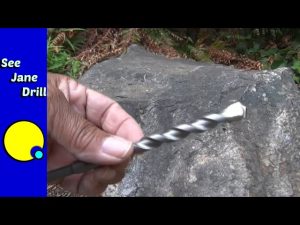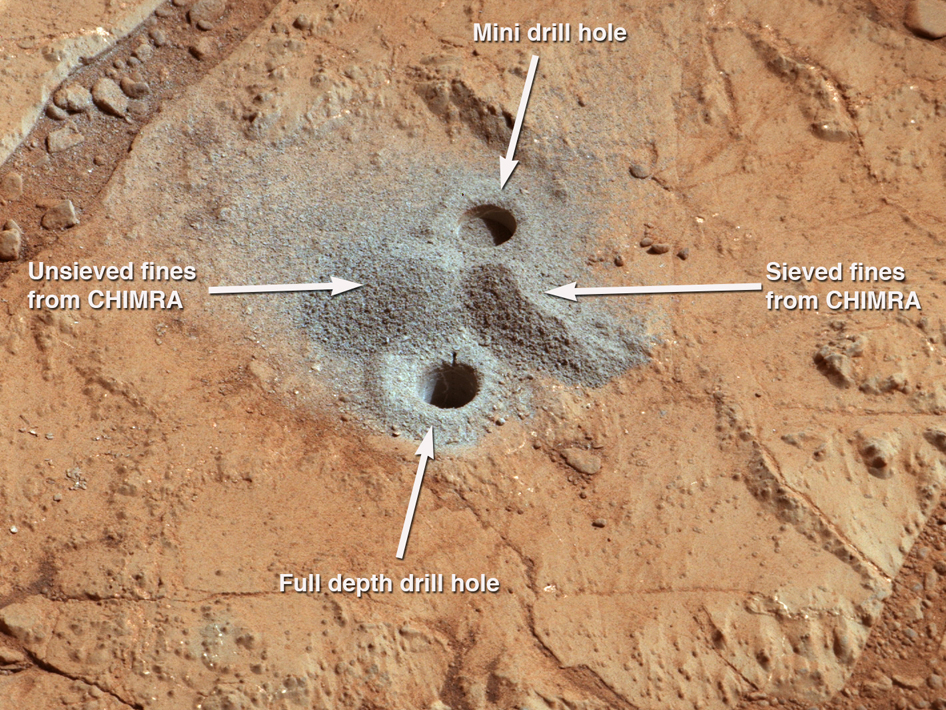What Do I Need to Drill into Rock?
Introduction
Drilling into rock can be a daunting task, whether you’re a professional geologist, a construction worker, or a DIY enthusiast. Rocks are hard and unyielding, presenting unique challenges compared to drilling into softer materials like wood or metal. To successfully drill into rock, you need the right tools, techniques, and knowledge. In this comprehensive guide, we will explore everything you need to know about drilling into rock.

Understanding the Types of Rock
Identifying Rock Types
Before you begin drilling into rock, it’s crucial to understand the type of rock you’re dealing with. Different types of rock have varying levels of hardness and density, which will affect the choice of tools and techniques. The main types of rock you may encounter include:
- Sedimentary Rock: These rocks, such as sandstone and limestone, are generally softer and easier to drill into.
- Igneous Rock: Igneous rocks like granite and basalt are much harder and require specialized equipment.
- Metamorphic Rock: Rocks like marble and slate fall into this category and may have varying levels of hardness.
Conducting a Rock Hardness Test
To determine the hardness of the rock you’re drilling into, you can perform a simple scratch test. Use a common mineral hardness scale, like the Mohs scale, to compare your rock’s hardness to known minerals. This will help you choose the appropriate drilling equipment.

Selecting the Right Drill
Hammer Drills vs. Rotary Drills
When drilling into rock, you have two primary options: hammer drills and rotary drills.
- Hammer Drills: These drills use a hammering action to break through rock. They are effective for softer rocks but may struggle with harder varieties.
- Rotary Drills: Rotary drills, such as diamond core drills, are ideal for harder rocks. They use a rotating bit to grind through the rock’s surface. Learn more about drilling here.
Choosing the Correct Drill Bit
Selecting the right drill bit is crucial for successful rock drilling. The choice of bit depends on the rock type and the drill you’re using. Common types of drill bits for rock include:
- Masonry Bits: These are suitable for softer rocks like sandstone and limestone.
- Carbide Tipped Bits: Ideal for drilling into medium-hard rocks like granite and shale.
- Diamond Core Bits: Designed for the toughest rocks like granite and basalt, diamond core bits are highly effective.
Preparing Your Worksite
Safety Precautions
Rock drilling can be hazardous. Always prioritize safety by wearing appropriate protective gear, including safety glasses, ear protection, and a dust mask. Make sure your work area is well-ventilated, and keep a fire extinguisher nearby if you’re using power drills.
Marking and Securing the Drill Site
Before drilling, mark the exact location on the rock where you want to make the hole. Use a pencil or chalk to create a visible guide. Secure the rock in place using clamps or other stabilizing devices to prevent it from moving during drilling.
Drilling Techniques
Drilling Speed and Pressure
The key to successful rock drilling is finding the right balance of speed and pressure. Too much pressure can cause the drill bit to overheat and wear out quickly, while too little pressure may result in slow progress. Experiment with different speeds and pressures to find the optimal combination for your specific rock type.
Cooling and Lubrication
To prevent overheating, use water as a coolant and lubricant while drilling. This is especially important when drilling harder rocks like granite. Continuous cooling will prolong the life of your drill bits and maintain drilling efficiency.
Maintenance and Troubleshooting
Bit Sharpening and Replacement
Regularly inspect your drill bits for signs of wear and damage. Dull bits can be sharpened, while severely damaged ones should be replaced immediately. Keeping your drill bits in good condition is essential for efficient rock drilling.
Handling Blockages and Jams
In case your drill bit gets stuck or jammed in the rock, do not force it. Instead, reverse the drill to remove the bit gently. Trying to force a jammed bit can damage your equipment or create a hazardous situation.
Conclusion
Drilling into rock requires careful planning, the right equipment, and a good understanding of the rock type you’re working with. By following the guidelines outlined in this article, you can tackle rock drilling projects safely and effectively. Remember to prioritize safety at all times and consult experts or professionals if you’re unsure about any aspect of rock drilling. With the right tools and techniques, you can conquer even the toughest rocks with confidence.

